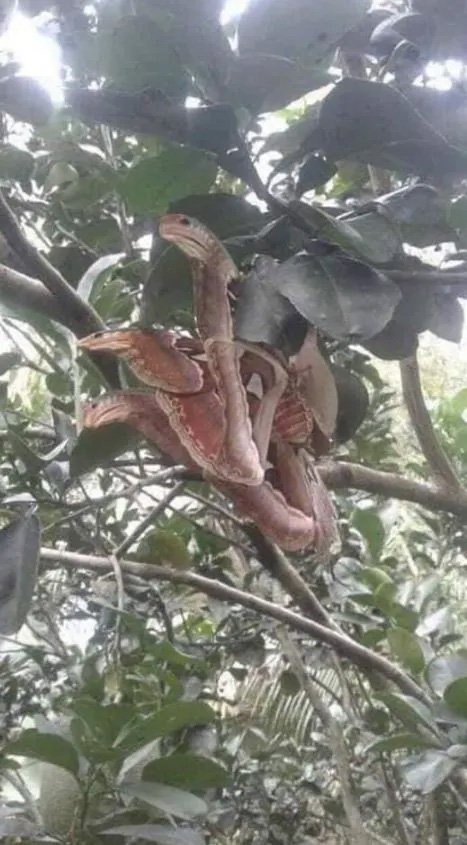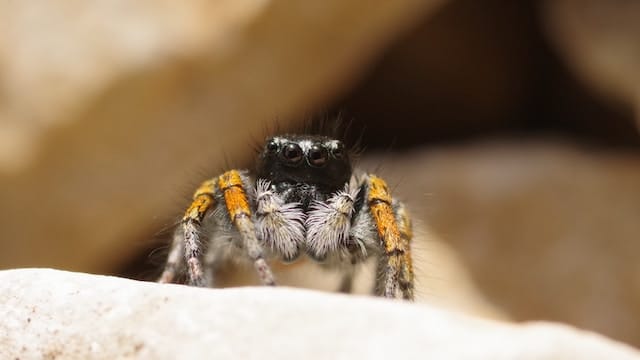Angry-looking ‘snakes’ spotted lurking in tree, but everything is not as it seems
The Astonishing Optical Illusion: The “Angry Snakes” in a Tree Revealed as an Impressive Moth
Planet Earth is home to a myriad of fascinating species and remarkable animals that continually astound us with their interactions and adaptations. Recently, captivating images of three “angry snakes” lurking in a tree caught the attention of many, including myself. However, it soon became clear that these images were not what they seemed.
The Marvels of Biodiversity and Adaptation
The natural world is teeming with biodiversity, with countless species inhabiting different corners of the globe. Each species plays a unique role in maintaining the delicate balance of their respective ecosystems.
Moreover, animals and plants have developed incredible adaptations and survival strategies over time. Camouflage colors allow certain insects to blend seamlessly into their surroundings, evading predators, while others have evolved toxic substances for defense against enemies.
The Illusion Unveiled: Moths in Disguise
The mystery surrounding the pictures of the three angry-looking “snakes” began to unravel. In 2021, a photo shared by Rob Allam on Twitter baffled users as it appeared to depict three menacing serpents concealed within a tree. However, it soon became apparent that there was more to this optical illusion.
These “snakes” turned out to be an elaborate trick of the eyes created by a section of wings belonging to two distinct moth species known as the Atlas moth. Native to Asian forests, the Atlas moth possesses a remarkable ability to mimic the appearance of a snake. With an impressive wingspan of up to 24 cm (9.4 in) and a wing surface area of approximately 160 cm2 (≈25 in2), the Atlas moth ranks among the largest species of Lepidoptera.
The Atlas moth’s body is noticeably smaller in proportion to its wings, creating a striking contrast in size. First described by Carl Linnaeus in 1758, it stands as one of the largest insects on our planet. Its name, derived from Atlas, the Titan of Greek mythology, pays homage to its substantial size.
“Attacus Atlas is among the largest butterflies worldwide, and during its adult stage, it lives only for a brief span of two weeks. Its primary objective during this stage is to lay eggs and safeguard them until they hatch, all the while camouflaging itself as a snake,” explained Rob Allam.
Initially, many social media users found it hard to believe that the creature in question was indeed a moth.
“That disguise is really good,” commented one user.
“How’s that top one not an actual snake? This moth would live longer if it didn’t look like I wanted to beat it with a broom,” expressed another user.
Contrary to their intimidating appearance, Atlas moths are weak and unsteady fliers. They conserve energy by resting during the daytime and become active flyers at night.
When the Atlas moth feels threatened, it adopts a defense mechanism. It descends to the ground and engages in a writhing motion while simultaneously flapping its wings in a deliberate manner, mimicking the appearance of a snake’s head, as confirmed by the National History Museum.






